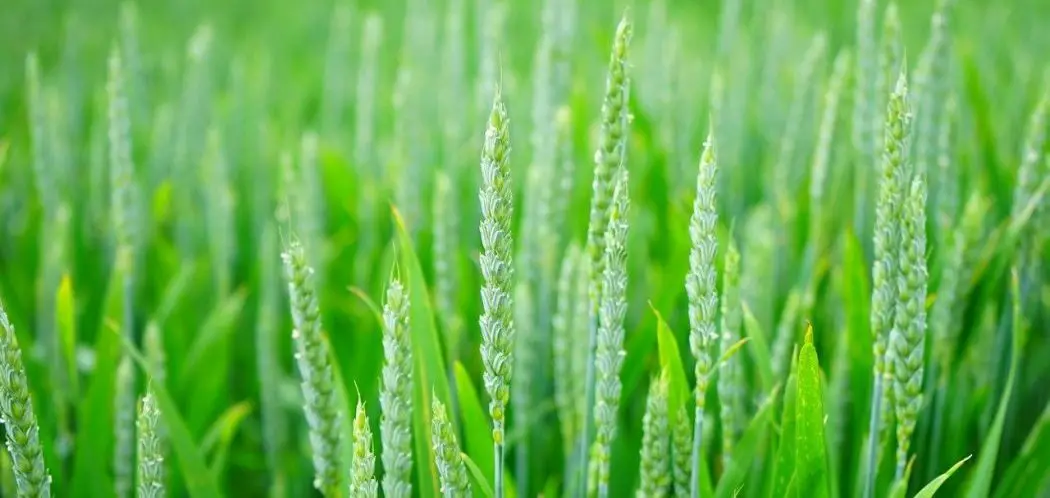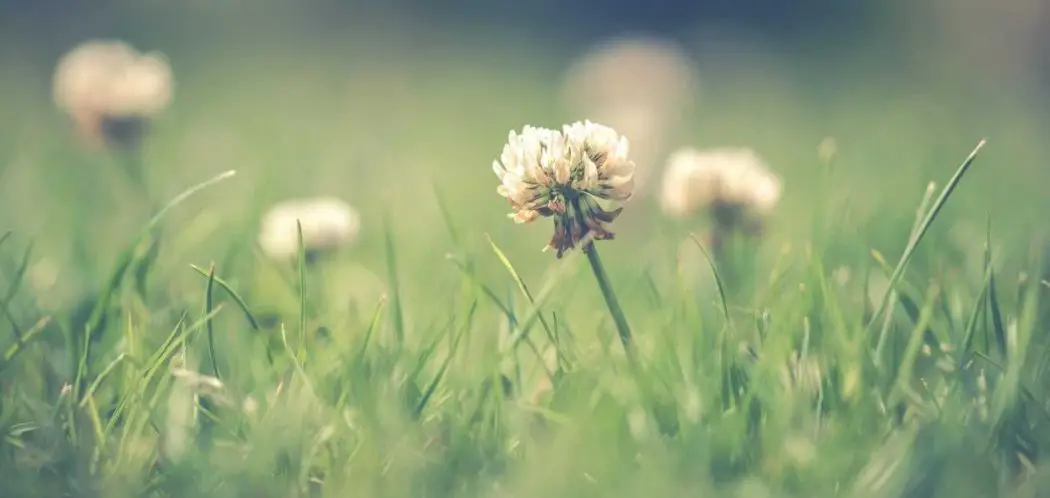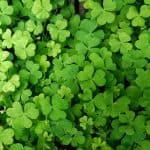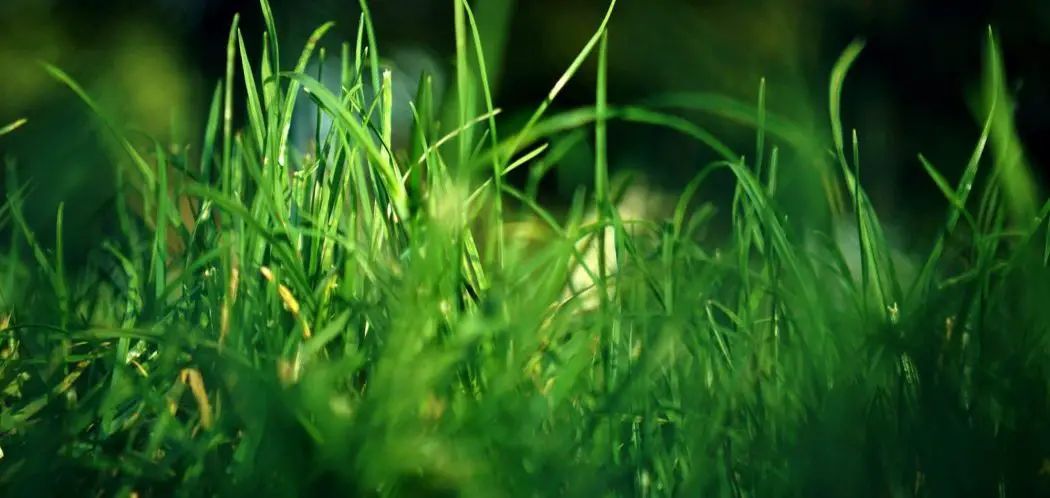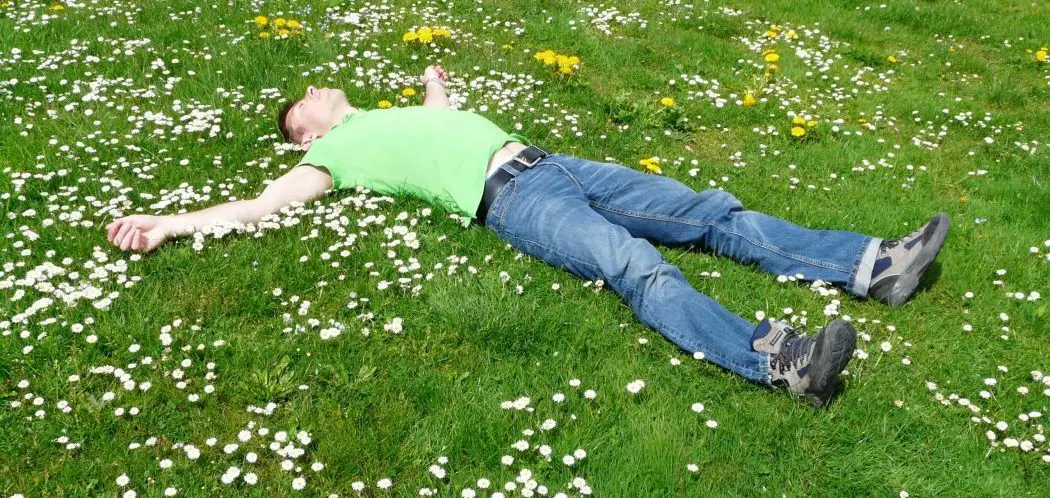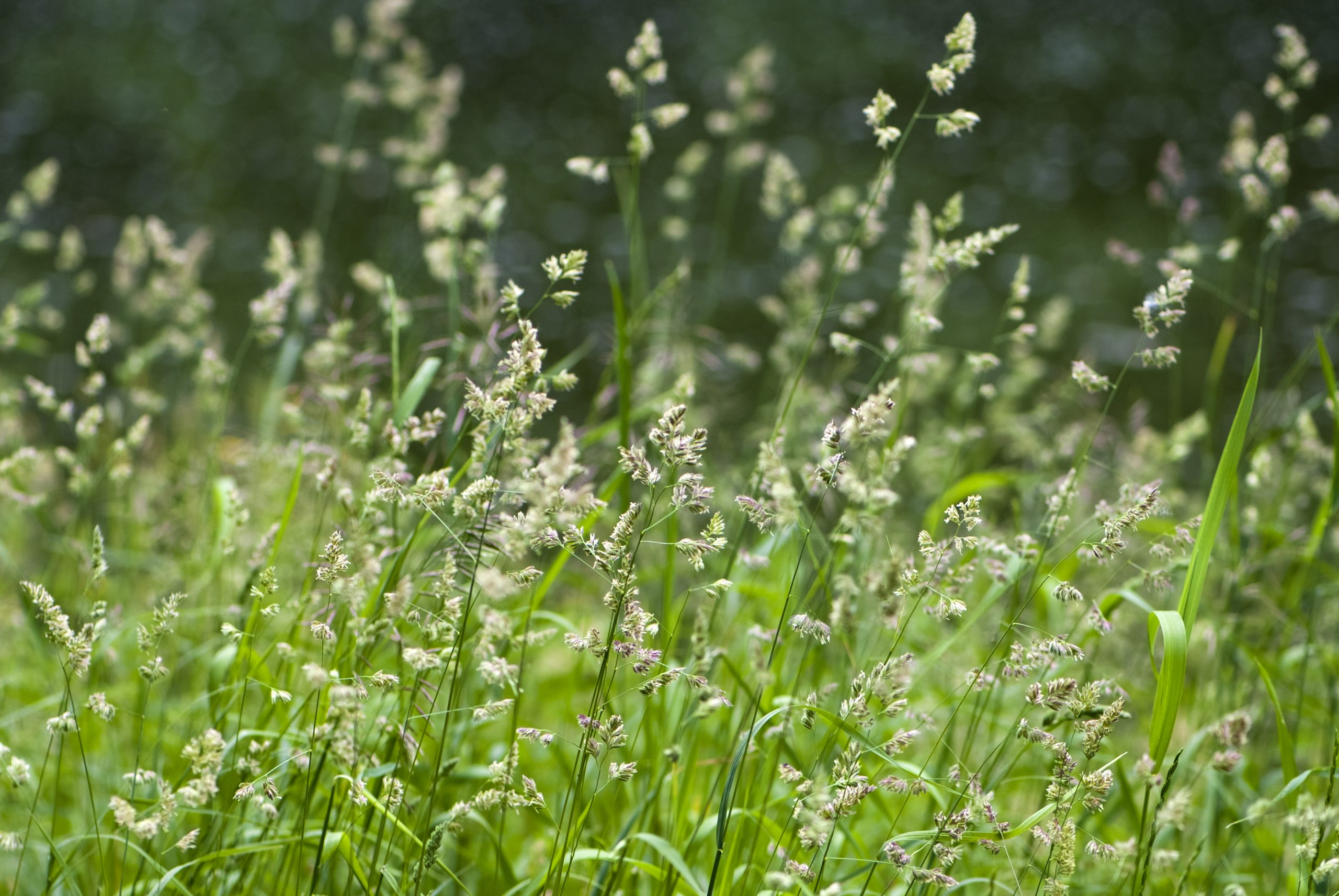Wheat is a grain and is actually a member of the grass family.
The wheat head forms at the top of each stem of the plant.
Initially, wheat is green when it first begins to grow but as it becomes ripe, it changes to a golden brown color.
The weed head of wheat contains small seeds called kernels or grains.
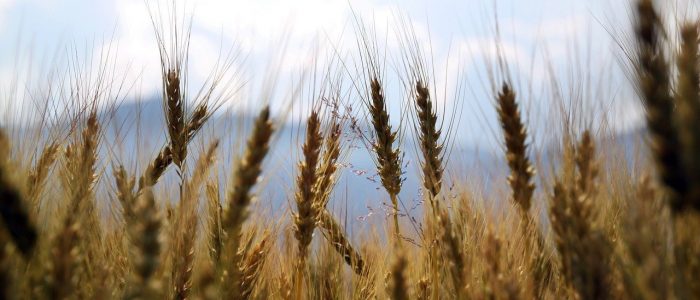
Your lawn is going to go seed every season. Perhaps, this year it looks a little rougher than usual. You may have longer looking grass which is less green than what you’re used to.
In some cases, your lawn may look like a miniature wheat field, but what weeds do you have in it specifically?
In this article, I’ll help you identify some weeds that closely resemble wheat. I’ll let you know what to look out for so you can make a distinction between the weeds you might have. I’ll also offer some advice on how to eliminate them.
Weeds are often hard to control so you want to make sure you are identifying them correctly.
In general, you want to maintain a thick and healthy lawn to prevent weeds from invading your yard. This will allow your turfgrass to crowd them out of growth so you won’t need to use any post-emergent herbicides.
Giant Foxtail
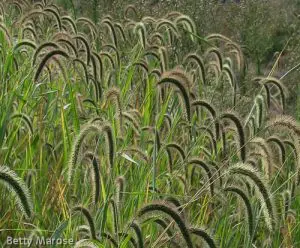
Giant foxtail (Setaria faberi Herrm) is actually a non-native, summer annual grass and not a broadleaf weed. It’s a pretty invasive weed that causes problems all over the US.
You’ll tend to see it popping up in the spring, but it will die off once temperatures begin to drop in the fall.
It grows upright and has a very wide leaf. The seed head looks a bit like a fox’s tail, hence the name.
Giant Foxtail can grow pretty tall up to several feet.
Giant foxtail looks similar to wheat because of its bristly seed head that droops over once it reaches maturity over time.
Giant foxtail has a hairy ligule, hairs on the stem and hairs on the top and sides of the leaves.
You’ll be able to see Giant Foxtail all over Illinois.
Foxtails have a main growing point which is early in the season. They are typically one of the first weeds that you’ll begin to see. Even giant foxtail will start to grow early in the spring.
It’s hard to get rid of weeds, especially when they’re “giant”.
To eliminate giant foxtail, it’s best to either spray pre-emergent or use a post emergent when these weeds are very small.
Quackgrass

Identifying grassy weeds is harder than identifying broadleaf plants because their leaves generally look very similar.
Quackgrass (Agropyon repens) is a cool season perennial grassy weed. It does look a lot similar to grass although the blades are wider, and the color is slightly darker than most turfgrass blades out there.
Quackgrass causes a lot of problems in lawns and alfalfa fields.
This plant flowers from the spring to fall.
The flower is the feature of quackgrass that most resembles wheat!
You can distinguish quackgrass from other grass types by looking at its extensive, perennial root system. It has rhizomes which make it very difficult to get rid of and allow it to spread quickly.
One of the other ways you can identify quackgrass, is by looking for its clasping auricles. If you look at the base of the leaf blade connected to the stem, you should be able two finger like projections that hook around the stem if you’re dealing with quackgrass.
Unfortunately, if you do have quackgrass, there’s not much you can put down that won’t also kill your turfgrass too.
It’s one of the hardest weeds to control hands down. Some lawn care businesses won’t even bother trying to treat it.
If you do have a lot of of it, you may have to kill of the area and start again.
Barnyard Grass

Barnyard grass (Echinochloa crus-galli) is a summer annual which you should expect to see sometime after the last frost.
Barnyard grass is one of the easier grassy weeds to identify.
The stem is coarse and can reach several feet in heigh.
The best way to identify barnyard grass is to peel the grass leaf back from the stem. Banryard grass has no ligule or auricle!
The stem rounds over towards the top of the plant and the panicle/seed head is very open.
The spikelets start to drop down as the plant ages.
Barnyard grass can be a major issue in crop fields. The spreading nature of barnyard can cause problems for the seedlings of your crops. It can easily crowd out those seedlings so it’s best to address the problem early.
I’d recommend putting down a pre-emergent to control barnyard grass.
You have to be careful using glyphosate on barnyard grass. There are some barnyard grass types that roundup doesn’t work on.
Annual Ryegrass

Annual Ryegrass (Festuca perennis) is a cool season grass that has a bunch-type growth habit. It’s also often referred to as Italian ryegrass.
It grows a lot in winter and sometimes into the spring. You often see annual ryegrass on roadsides.
It has long and thin light green leaves that range anywhere from 12 to 24 inches. They tend to look quite shiny and they’ll grow upright.
It’s one of the fastest grass types to establish itself and its often used to overseed different warm season grass types to provide color in winter.
In agricultural areas, annual ryegrass is considered to be a weed.
It’s tolerant to more challenging conditions such as shade and cooler temperatures.
Here are some of my favorite lawn care products
Thanks a lot for making it to the end of this post! I hope you found it useful. Here are some lawn care products that I use and that I think you’ll also find helpful. These are affiliate links, so if you do decide to use any of them, I’ll earn a commission.
In all honesty, these are some of the basic products that I use and recommend to everyone.
Broadcast Spreader
This Scotts Elite dual rotary spreader is not a professional grade model but it’s excellent for homeowners.
I really like the edge guard on it. It’s really easy to switch on and off so it’s great for going around my driveway and flower beds.
If you’re not looking to spend hundreds of dollars, I’d definitely recommend this model. It spreads out a wide path and is great quality for the cost.
Backpack Sprayer
This 4-Gallon sprayer is my absolute favorite. It sprays for a really long time. I’ve had this sprayer for quite a while and I’ve never had the battery run out.
The adjustable pressure switch is a really import feature to me.
You can order a lot of accessories for this model but I’ve never really found much of a need for it.
Head Aerator
Hand aerators are great for small spots if you’ve got construction debris or a spot that constantly dries out.
You can also fill these holes with organic matter that will hold a bit more moisture.
This one by Yard Butler is an absolute bargain. It pulls nice long cores. I also use it for taking soil samples around the yard!

